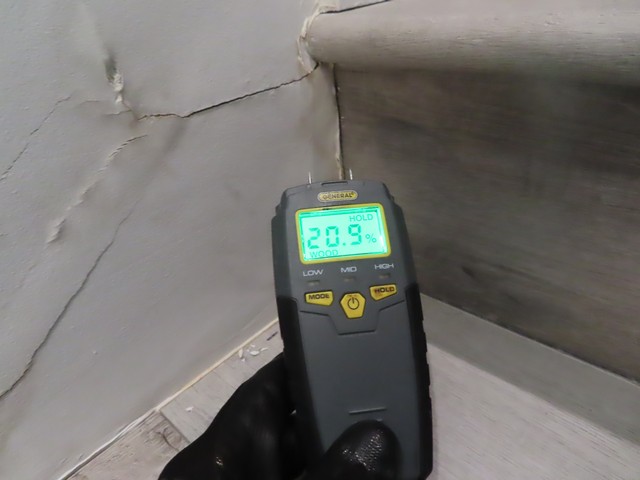Professional Moving Services in Dana Point You Can Rely On

Choosing the Right Movers in Dana Point
Go to the website and explore what makes the moving experience in Dana Point smoother and more dependable for homeowners, renters, and businesses alike. Relocating can be one of the most challenging transitions in life. Whether you are moving across town or relocating your office, the right moving company can make a significant difference in how quickly and stress-free your experience will be. In Dana Point, there are options for professional support, services tailored to your specific needs, and teams who put your belongings first.
Understanding Local Moving Services in Dana Point
When you’re planning a move, the first thing to consider is the nature of your relocation. Local moves, whether from one neighborhood to another or within the broader Orange County area, require a team that knows the community and streets well. Local moving services are designed to help you transport your furniture and belongings efficiently without unnecessary delays. Residential moves might involve a studio apartment, a large family home, or even special items like pianos or antiques. Experienced movers will strategically plan routes, manage loading and unloading, and work closely with you to stay organized. This level of attention ensures that your possessions arrive safely at their destination, giving you one less thing to worry about during what can already be a hectic time.
Long-Distance Moving: What to Expect
Not all relocations stay within the same city or county. Long-distance moving requires careful planning, coordination, and trust in the moving team’s ability to handle extended trips. When considering a move beyond Dana Point, the process becomes more complex because of added logistical factors. Movers with experience in long-distance services can guide you through every stage from packing to transport, and delivery on time. They ensure your belongings are secured, boxed appropriately for longer travel, and handled with care during loading and unloading. Knowing that your items are in skilled hands lets you focus on settling into your new environment without the added burden of managing every detail yourself.

Tailored Services for Every Unique Move
Every household has different needs when it comes to relocation. From labor-only services, where professionals help with specific tasks like loading or unloading, to full-service moves with packing and unpacking included, customized options are available. Some movers also specialize in handling heavy or awkward items like safes, oversized furniture, or pianos. For seniors, compassionate moving support means transitioning with additional care and patience. When you communicate your unique requirements early, your moving team can prepare the right tools and resources, ensuring your move is efficient and free of costly surprises.
Office Relocation: Minimizing Downtime and Disruption
A business move introduces another layer of complexity, where time and functionality matter just as much as safety. Office relocation services are designed to minimize disruption to your operations, allowing your team to get back to work quickly. Professional movers can handle everything from packing office equipment and electronics to transporting cubicles and workstations. They also assist in unpacking and setting up your new space so that your business experiences as little downtime as possible. Planning and coordination with knowledgeable movers can make the difference between a smooth transition and a chaotic interruption.
Why Professional Packing Matters
One of the biggest challenges in any move is packing particularly when it comes to fragile items. Professional packing services use quality materials and proven techniques to protect your belongings throughout the move. Whether it’s heirlooms, glassware, artwork, or electronics, experienced teams know how to secure each piece so it arrives intact. Waiting until moving day to pack on your own can add stress and increase the chance that something will break. By investing in professional packing, you gain peace of mind and a streamlined timeline for your relocation.

The Importance of Communication and Trust
Choosing the right moving partner also means valuing clear communication. Transparency about timelines, cost estimates, equipment needs, and scheduling removes uncertainty and builds trust from the outset. Good moving companies work with you to outline every step of your relocation so that you are never left guessing. Dialogue about your move, follow-up communication, and responsiveness to questions are key qualities you should expect. Reliable movers handle everything from initial planning to last-minute adjustments with confidence and professionalism.
Cost Considerations and Free Quotes
Moving costs vary depending on distance, the size of your home, the services you choose, and any specialty handling your items require. Before committing to a moving company, it’s important to request a clear estimate. Many firms offer free, no-obligation quotes to help you understand what to expect financially. These estimates consider all aspects of the move, from labor and packing supplies to transportation and insurance. Knowing the full cost ahead of time helps you budget accordingly and avoid unwelcome surprises on moving day.
Final Thoughts: Making Your Move Easier
Relocating is rarely simple, but it doesn’t have to be overwhelming. With the right moving company, thoughtful planning, and services tailored to your needs, you can enjoy a seamless transition to your new home or office. Understanding the range of services available makes it easier to choose professionals who align with your expectations and budget. As you prepare for your move, think about your priorities, ask questions, and take advantage of the expertise available to you. A successful move is not just about getting from point A to point B it’s about starting the next chapter of your life with confidence and clarity.













